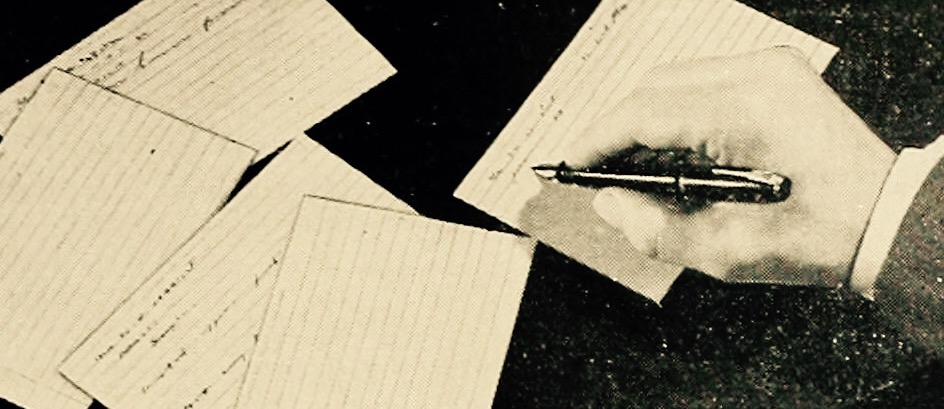
First a little history.
Clinical workflow in my early career included the ritual of phone messages. Every day, at least once and usually in the afternoon, I would sit with my clinic nurse and a pile of manilla folders to discuss phone calls. Details were discussed, recommendations were made, triage assessments were cosigned and I would hold the charts of those patients needing a call back. The ritual began with the daily call to action, “Let’s do calls.”
EHR and the disruption of nurse-doctor interaction
About 15 years ago when our first EHR, Logician (evolved as Centricity), came along the process of handling calls changed. It was Texas Children’s first venture into EHR and with it we began the long calculation of how electronic records fit our clinical flow.
My nurse at the time was a pediatric nurse with years of experience. Seasoned and crusty, her capacity for laser-sharp phone triage was impeccable. She was a stickler for tight documentation.
As we grew comfortable with Logician, the ritual of call review evolved. While we began doing calls around the screen, my nurse began to insist that our daily rendezvous was no longer necessary. “Its’ all in the message. Just read the message, Dr. V,” she would crow from her cramped desk. “And the documentation is better. Trust me.” Despite my insistence, she ultimately became an unwilling partner in a clinical dance for two.
Our digital phone messages involved a back and forth of queries and replies through the EHR. Documentation was tight. But something was missing.
Not all media are created equal
When it comes to communication not all media are created equal. The assumption on the part of my nurse was that communication through the EHR was the same independent of how it was transmitted. A message, in the end, was just a message.
As it turns out, there are different ways for patients and health professionals to exchange information with one another. All bring different affordances to a human encounter.
- In person (mano y mano)
- Asynchronous text (Epic MyChart, email)
- Synchronous text (Live texting)
- video stream (Skype)
- audio transmission (phone)
- And there are lots more.
All represent ways for us to exchange health information. As I have written, different problems call for different media depending upon the type of problem at hand. Text works well for simple problems. But text isn’t always enough. Video is overkill for simple issues. And as inconvenient as it may be for both the patient and the doctor, sometimes a patient needs to be seen, heard or touched in person.
The EHR and the subtle dimensions of the human experience
So when my nurse stopped talking to me my understanding of what was happening with my kids fell off significantly. The notes were impeccable and the transmission instant. But something was missing.
So what was missing from the EHR? As it turns out in human exchange there are subtle elements that get lost in the type. There are critical bits of information during a phone exchange that get picked up by an experienced pediatric nurse. Often there are subtle contextual elements of a social situation that are never properly documented. Some of these things can’t be documented. Sometimes these details only come to my attention when face-to-face with my staff. And there are things that come from the gut that we don’t share in the record.
Paper charts didn’t solve this problem with the EHR. Written messages are exactly the same. They just forced us to sit at a table because there was no way to send a paper message across the office and easily back again.
Humans are messy. They rarely fit the constraints of the technology we create. The dimensions of the human experience are rarely felt through typewritten messages. Consequently the accurate exchange of information and documentation of human interaction is potentially more challenging than we think.
Communication through and around the electronic health record is an inevitable part of medical practice. But we have along way to go with regard to capturing the subtle elements of human engagement.
Image from the Internet Archive Book Image on Flickr. Page 436 of “Southern medicine and surgery” (1921).
If you liked EHR and the Failure to Communicate you might get a kick out of these: